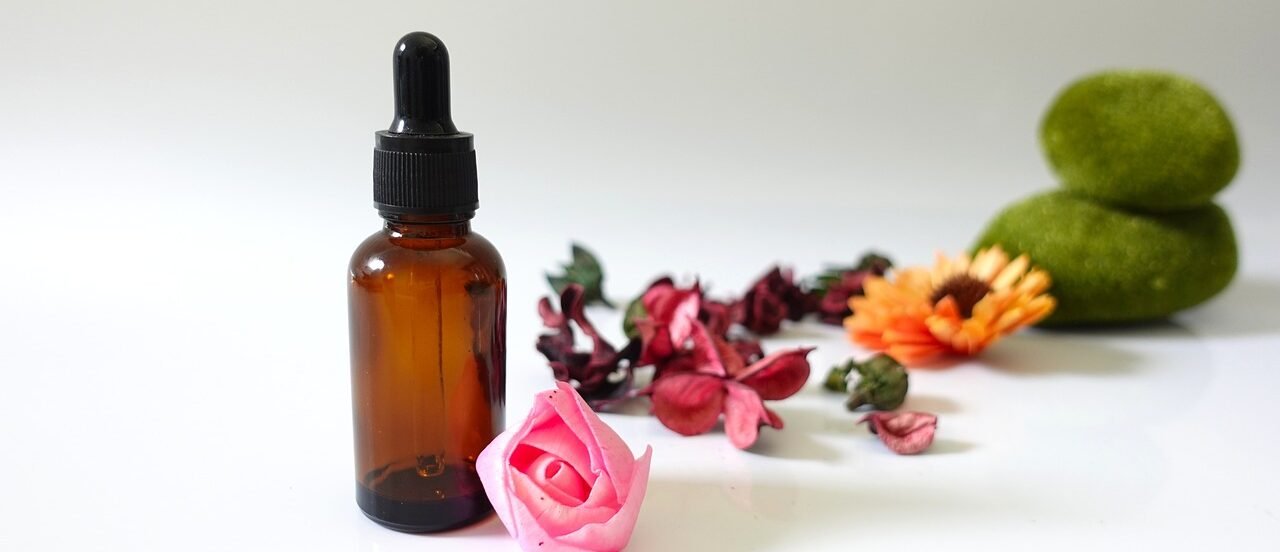As a pet lover, you want the best for your furry friend, and that includes exploring natural and holistic ways to promote their health and well-being. Aromatherapy, a practice that uses essential oils to promote physical and emotional balance, has gained popularity in recent years, and it’s not just for humans. In this post, we’ll delve into the world of aromatherapy for dogs, exploring its benefits, how it works, and providing FAQs to get you started.
Benefits of Aromatherapy for Dogs
- Reduces Stress and Anxiety: Aromatherapy can help calm your dog’s nerves, reducing stress and anxiety caused by loud noises, separation, or changes in their environment.
- Eases Pain and Inflammation: Certain essential oils have anti-inflammatory properties, which can help alleviate pain and discomfort in dogs.
- Improves Mood: Aromatherapy can uplift your dog’s mood, reducing symptoms of depression and promoting a sense of calm and relaxation.
- Enhances Sleep: Aromatherapy can help regulate your dog’s sleep patterns, ensuring they get a good night’s rest.
- Boosts Immune System: Some essential oils have antimicrobial properties, which can help support your dog’s immune system and prevent illness.
How Aromatherapy Works for Dogs
Aromatherapy for dogs typically involves using essential oils in a diffuser, applying them topically, or adding them to their food or water. The essential oils are absorbed through the skin or respiratory system, interacting with your dog’s body chemistry to produce the desired effects.
Popular Essential Oils for Dogs
- Lavender: Known for its calming effects, lavender oil can help reduce anxiety and promote relaxation.
- Frankincense: This oil has anti-inflammatory properties, making it ideal for reducing pain and discomfort.
- Peppermint: Peppermint oil can help improve digestion and reduce nausea in dogs.
- Chamomile: Chamomile oil has a soothing effect, promoting relaxation and reducing stress.
Additional Tips
- Start with small amounts: Begin with small amounts of essential oils and gradually increase as needed.
- Choose high-quality oils: Select essential oils from reputable sources to ensure purity and potency.
- Monitor your dog’s response: Observe your dog’s behavior and adjust the aromatherapy plan as needed.
- Combine with other natural therapies: Aromatherapy can be used in conjunction with other natural therapies like massage, acupuncture, and herbal remedies to promote your dog’s overall health.
Frequently Asked Questions
How do I use aromatherapy for my dog?
You can use a diffuser, apply essential oils topically (diluted with a carrier oil), or add them to your dog's food or water. Always follow the recommended dilution ratios and usage guidelines.
Can I use human aromatherapy products on my dog?
No, human aromatherapy products are not suitable for dogs. Always use dog-specific products or consult with a veterinarian to create a customized aromatherapy plan.
How long does it take to see results from aromatherapy?
The effects of aromatherapy can vary depending on the individual dog and the specific issue being addressed. Some dogs may respond quickly, while others may take longer to show improvement.
Can aromatherapy replace traditional veterinary care?
No, aromatherapy should not replace traditional veterinary care. It's a complementary therapy that can be used in conjunction with conventional treatment to promote your dog's overall health and well-being.
Conclusion
Aromatherapy for dogs is a natural and holistic way to promote their health and well-being. By understanding the benefits, how it works, and using essential oils safely and effectively, you can help your furry friend live a happier, healthier life. Remember to always consult with a veterinarian before starting aromatherapy, especially if your dog has a medical condition or is taking medication.
Always Consult Your Vet
Before introducing any new food, plant, remedy, or supplement to your dog, always consult with your veterinarian to ensure it is safe and appropriate for your pet’s specific health needs. This blog post is for informational purposes only and is not a substitute for professional veterinary advice.

